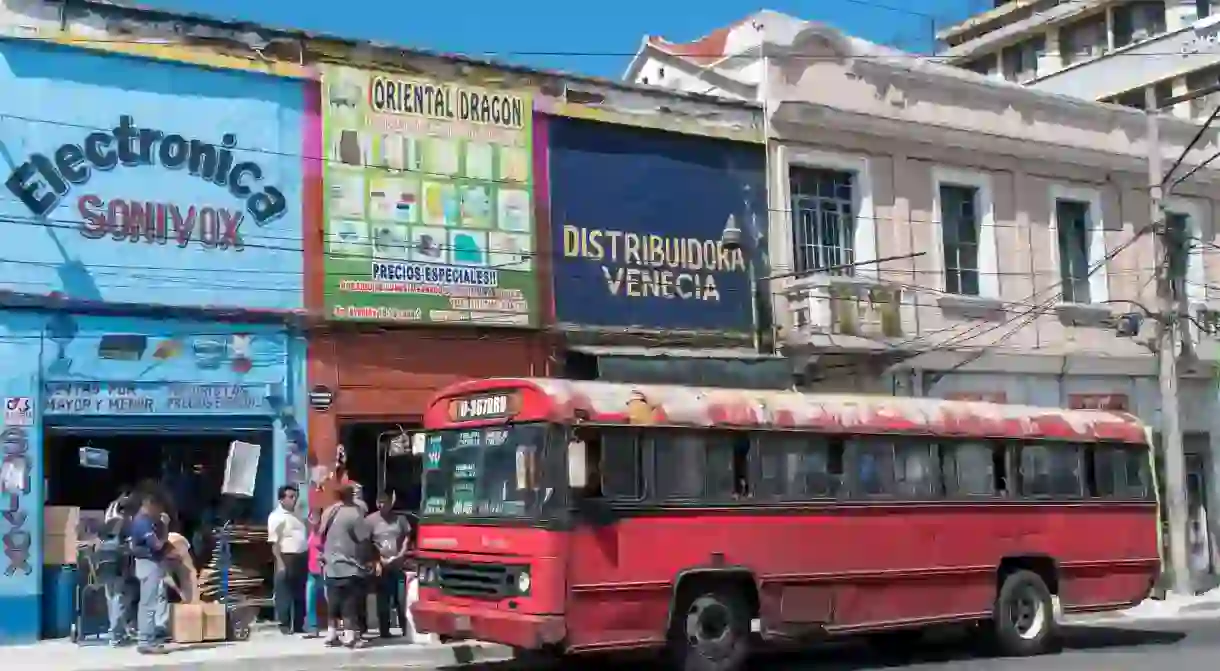Why Does Guatemala Have Such a Big Traffic Problem?

Guatemala is known as a terrible place to drive, but what’s the story behind all the traffic jams? A lack of investment in public transport forces commuters onto the roads, where poor infrastructure and frequent roadblocks add to the misery.
Getting around is difficult in Guatemala
Whether you’re in Guatemala City or more rural areas, communication is a challenge in Guatemala. The first problem is a lack of investment in infrastructure, which means that even major roads are often in a state of disrepair. As a result, traffic jams are common as drivers slow down to avoid potholes or queue to pass through bottlenecks.

Public transport needs major improvements
Commuters in the capital city largely travel in private vehicles because of a lack of secure public transport. While there is a network of buses, they are known for high crime rates, and the drivers are often extorted by local gangs.
The lone shining light is the Transmetro system, which is safe and secure, but a lack of routes means that most people still drive around the city. The problems are so bad that the city was found to be the fifth-worst in the world for driver satisfaction in a survey carried out by navigation app Waze.
Outside Guatemala City, the situation barely improves. Infrastructure is in a poor state and many rural areas are connected only by dirt tracks that deteriorate badly after it rains.

Protests and roadblocks
Another problem is the frequent roadblocks that are set up by protesters on the main arteries leading to the city. Various protest groups are in the habit of blocking the roads to make demands of politicians, and visitors to Guatemala should check whether there are roadblocks before they travel, or risk being stuck for hours in a queue of traffic.
The most common protests relate to the corruption scandals that have rocked the government in recent years. For example, frequent roadblocks were part of the mass protests that eventually brought down the former president, Otto Perez Molina, in 2015. There have also been more recent protests against corruption scandals involving current president Jimmy Morales.
Other roadblocks relate to local issues such as mining contracts or hydroelectric plants. Visitors to Semuc Champey should be aware that protesters have closed the roads to the tourist attraction to protest against a planned hydroelectric dam in the region.
Whether it’s roadblocks or too many cars on the road, traffic is bad in Guatemala, and you should always check your route before you set off to avoid long delays.













